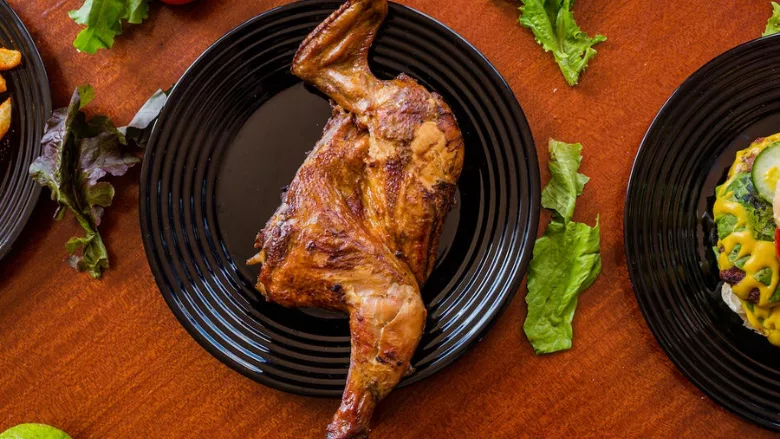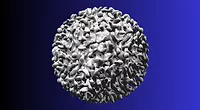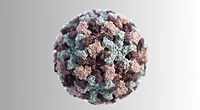FAO/WHO Review Codex Guidance on Pre- and Post-Harvest Control of Campylobacter in Poultry

Credit: Antony Trivet via Pexels
Recently, the Joint Food and Agriculture Organization of the United Nations (FAO)/World Health Organization (WHO) Expert Meeting on Microbial Risk Assessment (JEMRA) on the pre- and post-harvest control of Campylobacter in poultry meat was convened to review recent data and evidence, and to provide scientific advice on control measures for thermo-tolerant C. jejuni and C. coli in the broiler production chain. The conclusions outlined in the meeting report will support the work of the Codex Alimentarius Committee on Food Hygiene.
JERMA convened in Rome, Italy on February 6–10, 2023. The scope of the meeting was focused on broiler primary production from chick placement into production facilities to consumer handling, and the aim was to identify and assess control measures for Campylobacter in the broiler production chain.
JERMA reviewed the available data on Campylobacter control, including scientific literature published between 2008 and October 2022 and data submitted in response to a call for data. The experts then determined the quality and quantity of evidence of control measures for Campylobacter; evaluated the impact of measures to control Campylobacter in the broiler production chain; determined which hazard-based interventions pertained specifically to Campylobacter and which were general to the control of foodborne pathogens in the pre- and postharvest broiler production chain; and reviewed and recommended revisions to the Codex Guidelines for the Control of Campylobacter and Salmonella in Chicken Meat.
Control measure evaluation began at the time of chick placement, as there is currently no evidence that parent flocks or hatchery practices contribute to the colonization of broiler chicks. A limitation of the meeting’s conclusions is that the available literature on interventions was predominantly based on laboratory and pilot studies, with few commercial scale applications. Overall, JERMA recommends the use of a combination of multiple interventions, or a “multi-hurdle approach,” suitable to production and processing stages to lower Campylobacter contamination of chicken meat.
A number of interventions were identified through primary production to post-processing.
Primary Production
Using strict biosecurity measures, hygiene practices, and sanitation can enhance the control of Campylobacter in broiler flocks. Risk factors for Campylobacter contamination at primary production establishments, such as partial depopulation, litter management, down period length, proximity to other livestock, and slaughter age can help guide intervention strategies.
Additionally, the use of feed and water additives can mitigate Campylobacter contamination. In feed, short- and medium- chain fatty acids, especially caprylic acid, shows promise as an organic acid feed additive for reducing Campylobacter. In water, organic acids reduced Campylobacter in cecal/fecal specimens at the end of the primary production period; however, the effects were not sustained to the end of production in pilot studies. Moreover, the addition of plant-based molecules to feed in in vivo pilot studies showed limited reduction of Campylobacter in cecal/fecal specimens at the end of the primary production period.
Looking for quick answers on food safety topics?
Try Ask FSM, our new smart AI search tool.
Ask FSM →
Probiotic feed additives have inconsistent scientific for their use as a Campylobacter intervention, and there is also limited knowledge and available technology regarding bacteriophage and vaccination interventions at present.
Processing Interventions
Good hygienic practices during processing are important in minimizing Campylobacter contamination of meat. The effectiveness of interventions during processing is dependent upon the pathogen’s prevalence among the incoming flock and the concentration of Campylobacter in the gastrointestinal tract and on the bird. Additionally, the impact of processing practices can be enhanced by a multihurdle approach, utilizing processing strategies, physical interventions, and chemical interventions.
Effective processing strategies include logistic slaughter scheduling, using qualitative and quantitative Campylobacter targets, and carcass scalding, as well as immersion or air chilling when used with other processing aids. Defeathering and evisceration were shown to increase the prevalence and concentration of the pathogen on carcasses.
Effective and promising physical interventions include irradiation, freezing, and the use of steam, ultrasonication, high-intensity light pulse, visible light, UV-C, and other processing technologies. Chemical interventions such as chlorine derivatives, peroxyacetic acids, and organic acids added to water used for washing and or dipping may reduce Campylobacter on carcasses, and some marinade ingredients have shown reductions in Campylobacter on meat.
Post-Processing Interventions
Thorough cooking, good hygiene practices, keeping meat frozen, and the inclusion of certain marinade ingredients have shown promise in eliminating or reducing Campylobacter contamination. Moreover, interventions aimed at foodborne pathogens such as irradiation or thorough cooking are effective in eliminating Campylobacter on meat.
Overall, hazard-based interventions, good agricultural practices, and good hygienic practices for the general control of foodborne pathogens may be effective for the reduction of Campylobacter.






.webp?t=1721343192)

